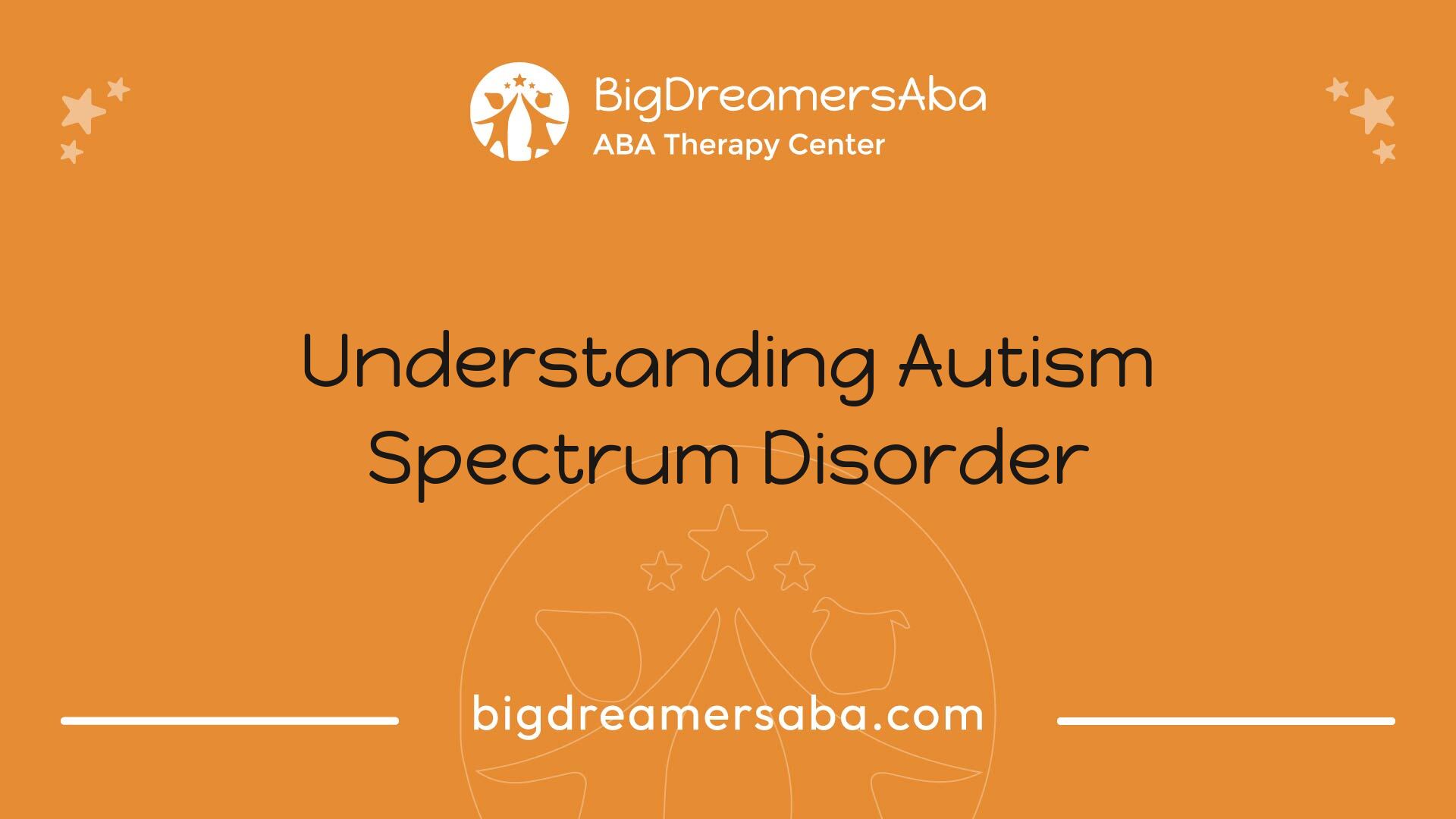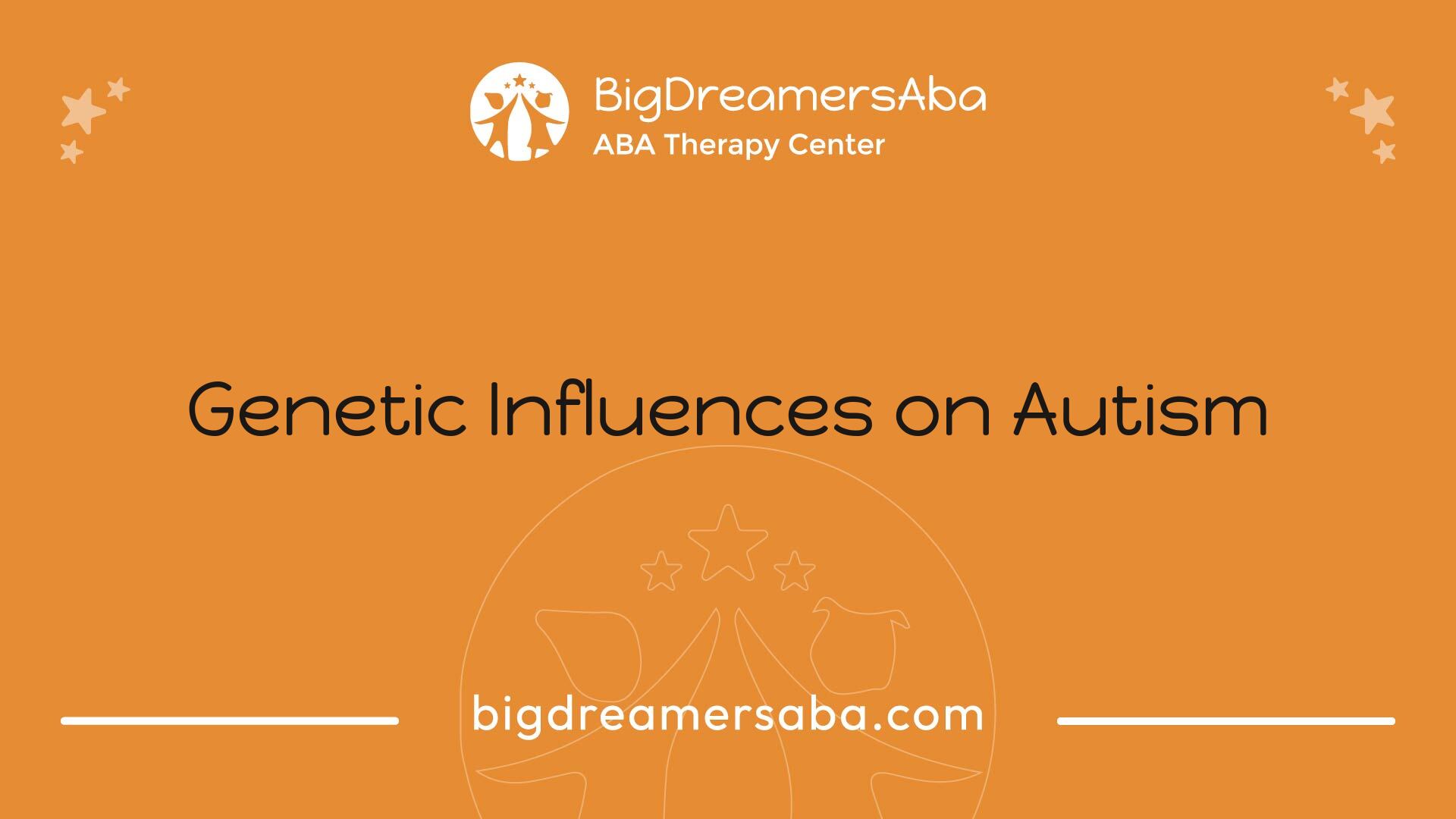Who Made Autism?
Explore who made autism and uncover its history, from pioneers to modern understanding of the disorder.


Discovery of Autism
Pioneers in Autism Research
The journey to understanding autism began in the mid-20th century, marked by the significant contributions of two key figures: Leo Kanner and Hans Asperger. Both researchers conducted independent studies that laid the groundwork for autism research.
Leo Kanner, an Austrian-American psychiatrist, was the first to describe what is now known as classic autism in 1943. In his groundbreaking paper, Kanner identified a distinct set of behaviors among children, including difficulties with social interactions and communication, as well as repetitive movements and restricted interests. This publication marked a pivotal moment in the history of autism, leading to further research and understanding of the condition [1].
In 1944, Hans Asperger, an Austrian pediatrician, published an account detailing a group of children who exhibited similar social and communication challenges but also displayed certain abilities or intelligence, which eventually led to the concept of Asperger syndrome. This differentiation helped broaden the understanding of the autism spectrum and introduced the idea that autism exists in varying degrees and forms [1].
The research conducted by Kanner and Asperger set the foundation for what would later be understood as Autism Spectrum Disorder (ASD). Their findings ignited a research interest that has continued into the present day, emphasizing the complex interplay of genetic and environmental factors influencing autism.
Understanding Autism Spectrum Disorder

The understanding of autism spectrum disorder (ASD) has evolved significantly over the years, with research indicating that a combination of genetic and environmental factors plays a significant role in its development.
Genetic and Environmental Factors
Research suggests that genetics strongly influence the risk for developing autism spectrum disorder, with heritability estimates indicating that autistic traits have a high heritability level, ranging from 40% to 80% [2]. However, genetics alone do not account for all instances of autism.
Contributing FactorInfluence on ASDGeneticsRanges from 40% to 80% heritabilityEnvironmental ToxinsPrenatal exposure to chemicals like thalidomide and valproic acid linked to increased risk for autismMaternal InfectionsIdentified as potential risk factors during pregnancy
Several biological pathways are involved in autism. Genetic syndromes linked to ASD, like Rett syndrome and Fragile-X syndrome, affect synaptic plasticity, which is crucial for communication between brain nerve cells. Additionally, whole-genome screenings have identified genetic variations that may contribute to autism, particularly those related to synaptic function.
For a deeper look at how these factors play a role in autism, check out our section on autism in boys vs. girls or autism and seizures/epilepsy.
Debunking Vaccine Myths
Misconceptions about vaccines and their alleged link to autism have persisted for years, despite extensive research disproving these claims. Scientific studies have consistently found no evidence supporting the idea that vaccines cause autism.
The emergence of these myths largely stemmed from a now-debunked study published in the late 1990s, which claimed a connection between the measles, mumps, and rubella (MMR) vaccine and autism. Subsequent research involving hundreds of thousands of children across various populations has found no such association.
It is crucial to rely on well-established research to separate fact from fiction regarding autism. For accurate information about autism, explore our articles on topics like the ICD-10 code for autism and the Tylenol autism lawsuit.
Understanding the interplay between genetic and environmental factors is key in the quest to unravel the complexities of autism and its development. As knowledge grows, so does the possibility for early intervention and enhanced support for those with ASD.
Genetic Influences on Autism

Understanding the genetic components of autism spectrum disorder (ASD) is essential in deciphering its complex nature. Research indicates that both genetic and environmental factors significantly influence the development of autism, especially in relation to early brain development and communication between brain cells [3].
Family Inheritance in Autism
Genetics play a crucial role in autism, with heritability estimates for autistic traits ranging from 40% to 80%, indicating a high genetic influence similar to that of autism itself. The patterns observed in familial occurrences of autism support the notion that genetics significantly contribute to the risk:
Relation TypeProbability of AutismMonozygotic Twins36% - 95%Dizygotic Twins0% - 30%Sibling of Autistic Child15% - 25%General Population1% - 2%
Recent studies emphasize that shared genes, rather than shared environment, are responsible for the familial aggregation of autistic traits. Notably, research shows that children who have a sibling with autism have a significantly higher risk of being diagnosed with the disorder themselves.
Importance of Genetic Testing
Genetic testing can provide valuable insights into an individual’s risk for autism, particularly in families with a history of the disorder. The advancement of whole-genome screening techniques has allowed researchers to identify significant genetic structural variations that contribute to autism, particularly in genes related to synaptic function [2].
By understanding the genetic underpinnings of autism, families can gain clarity and make informed decisions regarding potential interventions. Genetic testing can assist in identifying specific syndromes associated with ASD, such as Rett syndrome and Fragile-X syndrome, thereby offering tailored support and resources.
For those interested in the genetic aspects of autism, additional topics such as the differences in autism prevalence between genders, including autism in boys vs. girls, can provide further context on this multifaceted disorder. Moreover, the exploration of related conditions, such as autism and seizures/epilepsy, highlights the intersection of genetic influences with other health conditions.
Environmental Factors and Autism
Impact of Environmental Influences
Environmental influences may play a significant role in the risk of developing autism spectrum disorder (ASD). While genetics are a crucial factor in the onset of autism, they do not solely account for the rising number of diagnoses observed. As noted by the National Institute of Environmental Health Sciences, various environmental exposures can increase the likelihood of autism in predisposed individuals.
Environmental FactorPotential ImpactMaternal nutritionPoor nutrition during pregnancy may affect fetal development and potentially lead to autism.Parental age at conceptionAdvanced parental age has been linked to an increased risk of autism.Chemical exposurePrenatal exposure to certain chemicals, such as thalidomide and valproic acid, correlates with a higher risk of ASD.Infection during pregnancyMaternal infections may impact fetal brain development and increase autism risk.PrematurityBeing born prematurely has been associated with a greater chance of developing autism.
Environmental factors are not direct causes of autism but can modify the risk in genetically susceptible individuals, as stated in the Autism Speaks Environmental Factors in Autism Initiative.
Research on Autism Risk Factors
Ongoing research aims to investigate how these environmental factors intertwine with genetic predispositions. Understanding these interactions is vital for advancing both prevention strategies and treatment methods for autism. The Autism Speaks initiative seeks to broaden knowledge about how various influences affect autism development.
Research has identified that while certain environmental factors, such as exposure to toxins, maternal health, and genetic risk, are significant, they do not act in isolation. There is an increasing interest in examining how these combined influences impact individuals, especially considering the diverse spectrum of autism experiences.
The dialogue surrounding these risk factors is essential for both families affected by autism and the broader medical community, guiding informed approaches to support and intervention. To further understand the risk and presentation of autism in different demographics, consider reading about autism in boys vs. girls or exploring connections between autism and seizures/epilepsy.
Theories on Autism
Multiple theories have been proposed to better understand autism and its complexities. Two notable theories are the Diametric Model of the Mind and the Extreme Male Brain Theory.
Diametric Model of the Mind
The Diametric Model of the Mind suggests that autism and psychosis exist at two opposite ends of a spectrum. Autism is characterized by a literal understanding of the world and a limited ability to comprehend others' intentions. In contrast, psychosis is associated with "overinterpretation," leading to heightened paranoia and delusions. This model implies that individuals with autism exhibit reduced mentalism, while those with psychosis display increased mentalism in brain regions responsible for understanding thoughts and behaviors.
According to this model, paternal gene expression is thought to contribute to the development of autism, resulting in a larger brain and faster developmental rates. In contrast, maternal gene expression may lead to slower brain development and a lesser number of demands placed on the mother. Moreover, the reduction in mentalism seen in autism could allow specialized cognitive skills to thrive, which may explain phenomena like savant syndrome.
TraitAutismPsychosisUnderstandingLiteralOverinterpretationBrain ActivityReduced mentalismIncreased mentalismGene InfluencePaternal expressionMaternal expressionCognitive SkillsMechanistic skills (savant)Delusional understanding
Extreme Male Brain Theory
The Extreme Male Brain Theory posits that autism is linked to an exaggerated form of male brain development. This theory suggests that individuals with autism may have been exposed to higher levels of testosterone in utero, which could influence brain structure and function. Critics of this theory argue about the extent of sex differences and the overall validity of attributing autism solely to this form of brain development.
Understanding these theories is essential for grasping the diverse characteristics of autism. Each theory provides insight into the possible cognitive and biological processes that underlie this complex condition. For more on the variations of autism, including differences in presentation between genders, you can refer to our article on autism in boys vs. girls.
Evolution of Autism Diagnosis
Historical Perspectives
The diagnosis of autism has undergone significant transformation since its discovery. In 1943, psychiatrist Leo Kanner was the first to describe autism, characterizing it as a form of schizophrenia caused by cold parenting. He noted traits such as intense loneliness and ineffective verbal communication but believed that cognitive abilities remained largely unaffected.
As research progressed, beliefs surrounding autism shifted. The publication of the third edition of the Diagnostic and Statistical Manual of Mental Disorders (DSM-III) in 1980 marked a pivotal change, revealing the biological basis of autism that affects brain development. It also distinguished autism from childhood schizophrenia, thereby challenging earlier notions of parenting as the primary cause of the condition [6].
The DSM-IV, published later, introduced the concept of autism as part of a spectrum, recognizing five distinct conditions: Asperger’s disorder, childhood disintegrative disorder, Rett’s syndrome, and others. This model provided more comprehensive insights into diagnosis and treatment within the spectrum.
Modern Understanding of ASD
The introduction of the DSM-V in the early 2000s refined the concept further by defining "Autism Spectrum Disorder" (ASD) as persistent challenges in social communication and interaction, coupled with restricted and repetitive behaviors appearing in early childhood. This edition aligns closely with contemporary understandings of autism, acknowledging the diversity of symptoms within the spectrum [6].
Today's understanding of autism promotes a holistic approach to treatment. Clinicians utilize methods like Applied Behavior Analysis (ABA) to emphasize the individuality of those on the spectrum, moving away from viewing them solely through the lens of their symptoms. This modern perspective recognizes autism as a complex condition that varies significantly among individuals, leading to tailored approaches in diagnosis and care.
For more information about related challenges and topics, consider exploring autism in boys vs. girls, autism and seizures/epilepsy, or tourettes and autism.
References
[2]:
[3]:
[4]:
[5]:
[6]:
Recent articles

How to Address Sleep Challenges in Children Receiving ABA Therapy

How Big Dreamers ABA Addresses Sensory Processing Challenges
